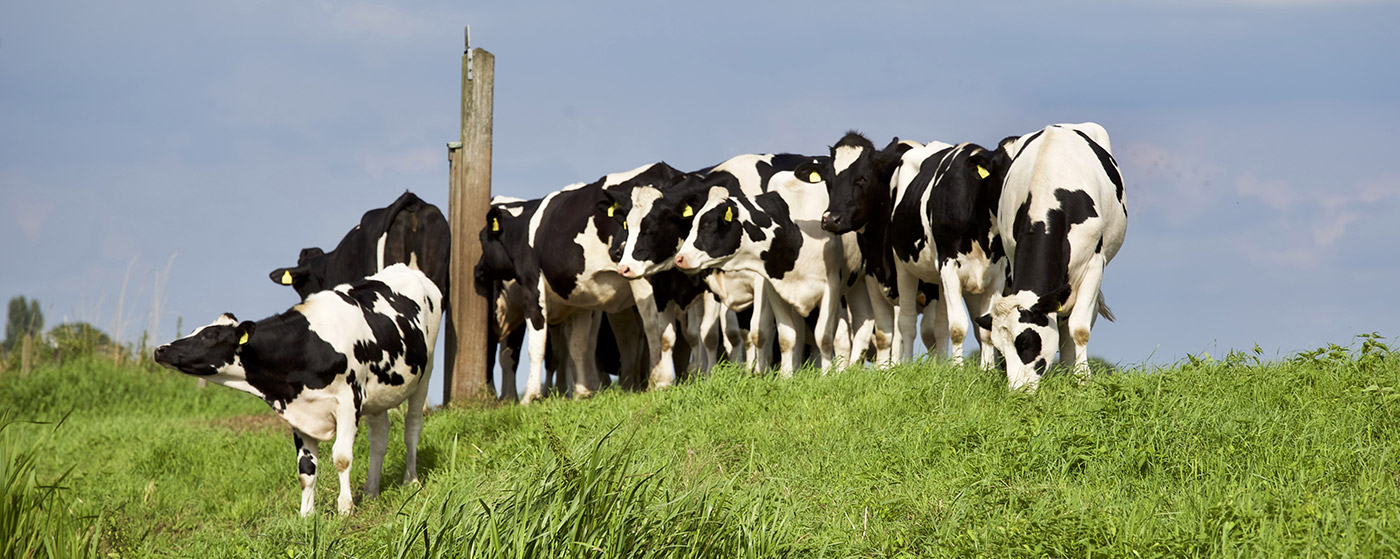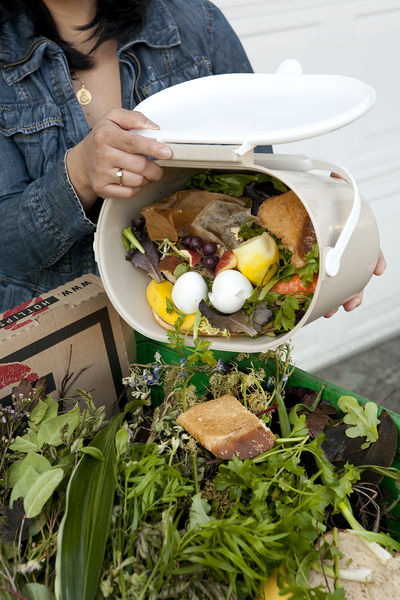
In the age of sustainability, is Europe making the necessary efforts towards a sustainable food market?
Authors: Nina van der Vliet, Brigit Staatsen, Hanneke Kruize, Liesbeth Temme, Mirjam van de Kamp — National Institute for Public Health and the Environment (RIVM)
Current food consumption patterns in Europe and the Netherlands
Whereas some European countries are shifting towards healthier and more environmentally friendly diets, others are increasing meat consumption [1]. Europeans’ protein intake exceeds the recommended amount by the WHO, and our red meat consumption is twice as high as World Cancer Research Fund recommendations [1]. Moreover, although the supply of fruit and vegetables is increasing, consumption remains too low. Related changes to the food supply are the higher availability of both meat and vegan protein sources [2]. In addition, it is becoming more common to eat out of the home, and diets are affected by the increasing availability of fast food outlets [2]. In the Netherlands, 30% of food and drinks and 60% of total protein intake is from animal origin. The product groups meat, dairy and drinks cause a relatively large pressure on the environment in the Dutch consumption pattern, which meat scoring high on all indicators for environmental pressure.
Two times the total surface of the Netherlands is needed to produce the food and beverages that the Dutch currently consume. [3]
The United Nations (UN) Assembly accepted a “2030 Agenda for Sustainable Development” resolution in 2015 [4], in which nutrition and sustainability are important topics. Several of the Sustainable Development Goals emphasize the significance of food and diets. For example, Goal 2 states to “End hunger, achieve food security and improved nutrition and promote sustainable agriculture”. EU policy measures include legislation on labelling food, regulating nutrition and health claims, and shaping common policies such as the Common Agricultural Policy (CAP) to include environmental concerns. To be effective, the CAP aims to avoid environmentally harmful agricultural activity, combined with providing the right incentives: it should be attractive to produce and market environmentally friendly goods and services. This means that, besides governmental agencies, the food supply chain, including the food industry, should be targeted to achieve a common orientation towards sustainability. To facilitate joint action of these – often- multinational companies, the supranational “EU platform for action on diet, physical activity and health” was created by the EU in 2005. In addition, the WHO Regional Office for Europe provides guidance for food and nutrition policy in Europe, with Action Plans for Food and Nutrition Policy [5] in which intersectoral action towards healthy, sustainable food supplies for all European Region citizens is stimulated.

In the Netherlands, current efforts of the Dutch government are aimed at producers and the agriculture-food chain, by stimulating sustainable production and processing, and at consumers, by providing information on sustainable consumption. An example is the Dutch Food Agenda, in which governments, agriculture sectors, food industry, supermarkets, and knowledge institutes work together to make the Netherlands the leader of the field of innovative, healthy products with more vegetables and plant protein foods. This can make it easier for consumers to choose the healthy sustainable option, by creating a higher availability of and more familiarity with healthy sustainable products. The Dutch Food Agenda has allocated 5 million euros to the innovation program “Seaweed for Food and Feed” to develop new sustainable products that are attractive to a broader audience.
Reducing food waste

Photo: Tim Jewett
Food waste affects the environment, the economy, health and equality. Therefore, it is a pressing use that needs to be targeted in order to transition to a more resource efficient Europe. Currently, about 20% of total food produced is wasted, and households are one of the highest contributors (about 47 million tonnes of the total of 87.6 tonnes of food waste) [6]. SDG Goal 12 [7] “Ensure sustainable consumption and production patterns” has a sub goal that by 2030, there should be a halve per capita global food waste at the retail and consumer levels and a reduction of food losses along production and supply chains. In addition, the European Commission has made food waste prevention an integral part of their Circular Economy Package, which stimulates Europe’s transition towards a circular economy. Besides that, a new platform “EU Platform on Food Losses and Food Waste”, involves both Member States and food chain actors, and will help to define measures that are needed to achieve the food waste SDG as described before.
In the Netherlands, households are the greatest contributor to food waste as well: the Dutch consumer wastes about 41 kilos of food per year. The Dutch government is committed to reducing food waste and losses. Both the Ministry of Infrastructure and Environment (IenM) and the Ministry of Economic Affairs (EZ) have food waste in their policy file. [8] Moreover, the Dutch Taskforce Circular Economy in Food was launched at the National Food Summit in January 2017. The Taskforce will connect initiatives against food waste, and is composed of 25 members from the entire food supply chain, together with public and societal organisations. In the second half of 2017, the Taskforce “will publish a national strategy and roadmap to collectively achieve a circular economy in food: an economy in which waste does not exist, agrifood residual streams are reused in the best possible way, and raw materials retain their value” [9].
INHERIT database and baseline report
To integrate sustainability in policy requires intersectoral thinking and action, which thus far has proven to be challenging. The INHERIT project has identified promising (intersectoral) interventions, policies and practices throughout Europe in the areas of living, moving and consuming. These practices have been collected and can be found in the INHERIT database. Regarding consuming, a number of practices that target food waste have been included. In addition, practices are included that target healthy and/or sustainable consumption. An example from the Netherlands is the Voedseltuin (Food Garden), which is a local practice in Rotterdam, where volunteers grow biological fruit and vegetables for low-income families that use the local food bank and for the local community in a restaurant. In the INHERIT baseline report, more information about current food consumption and food waste in Europe can be found, together with triple-win solutions that encourage behavioural and lifestyle change. An important conclusion of this baseline report is the importance of combining both individual factors such as the capability to read nutrition labels or cook more healthy, sustainable meals with environmental factors such as availability, affordability and attractiveness of healthy and sustainable products (increasing opportunity).
[1] H. Westhoek, J. P. Lesschen, T. Rood, S. Wagner, A. De Marco, D. Murphy-Bokern, & O. Oenema (2014). Food choices, health and environment: effects of cutting Europe’s meat and dairy intake. Global Environmental Change, 26, 196-205.
[2] Birt, Christopher & Buzeti, Tatjana & Grosso, Giuseppe & Justesen, Lise & Lachat, Carl & Lafranconi, Alessandra & Mertanen, Enni & Rangelov, Natalie & Sarlio-Lähteenkorva, Sirpa. (2017). Healthy and Sustainable Diets for European Countries. Report of a Working Group. EUPHA.
[3] Ocké M, Toxopeus I, Geurts M, Mengelers M, Temme E, Hoeymans N, et al. Wat ligt er op ons bord?: veilig, gezond en duurzaam eten in Nederland. (What is on our plate? Safe, healthy and sustainable food in the Netherlands (in Dutch). RIVM rapport (2016-0200), 2017.
[4] United Nations General Assembly. Transforming our world: the 2030 Agenda for Sustainable Development: Sustainable Development Knowledge Platform [Internet]. 2015
[5] World Health Organization (WHO). European Food and Nutrition Action Plan 2015-2020 [Internet]. 2014
[6] Stenmarck, A., Jensen, C., Quested, T., & Moates, G. Estimates of European Food Waste Levels. 2016.
[7] United Nations General Assembly. Transforming our world: the 2030 Agenda for Sustainable Development: Sustainable Development Knowledge Platform [Internet]. 2015
